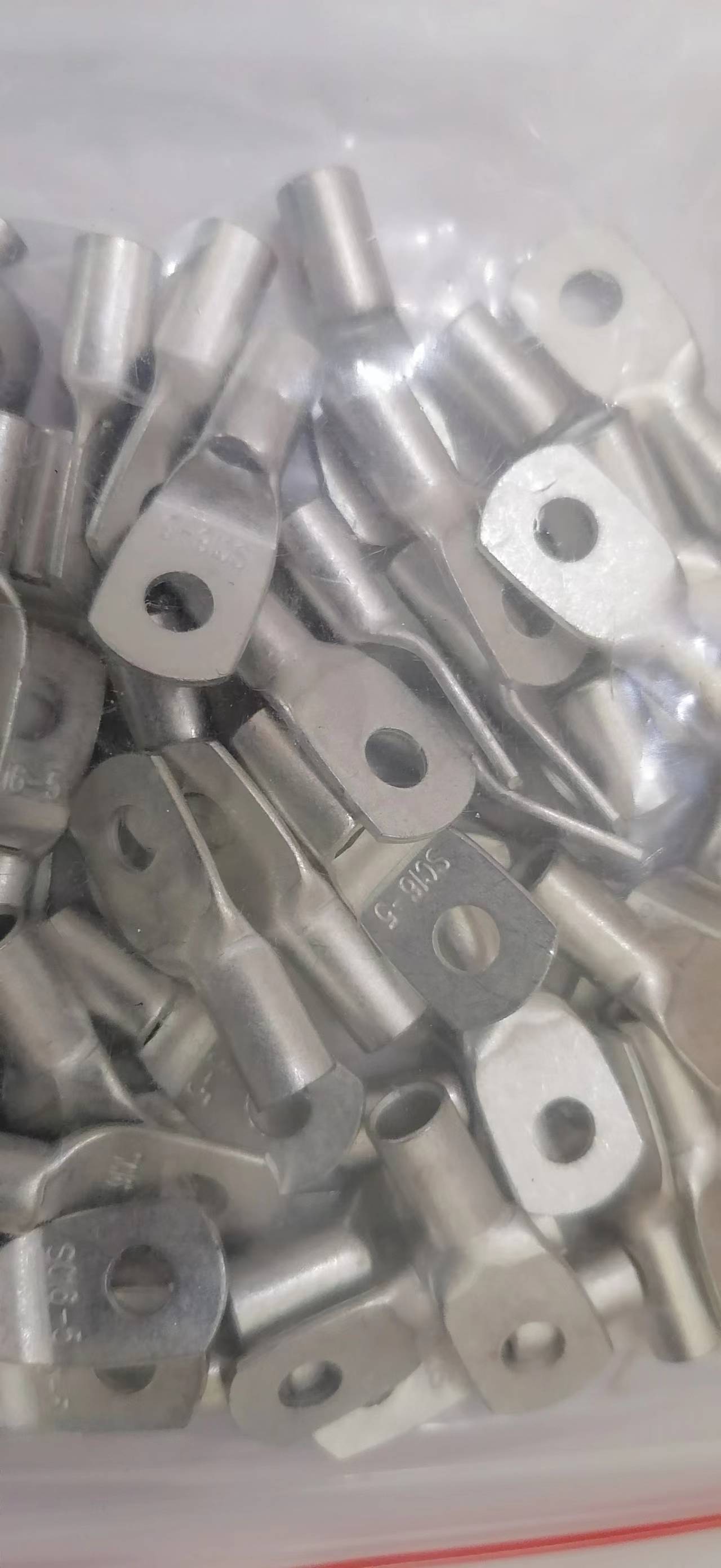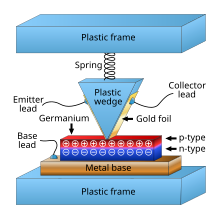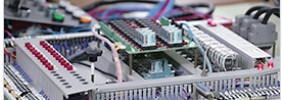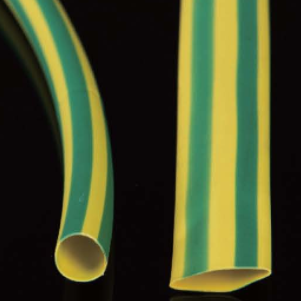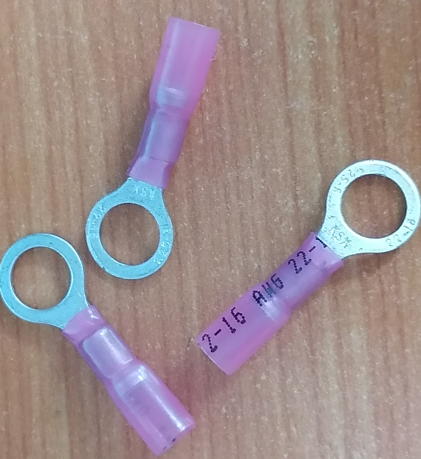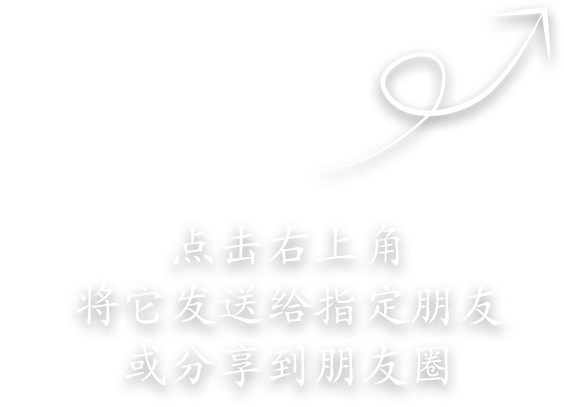A semiconductor device is an electronic component that relies on the electronic properties of a semiconductor material (primarily silicon, germanium, and gallium arsenide, as well as organic semiconductors) for its function. Its conductivity lies between conductors and insulators. Semiconductor devices have replaced vacuum tubes in most applications. They conduct electric current in the solid state, rather than as free electrons across a vacuum (typically liberated by thermionic emission) or as free electrons and ions through an ionized gas.
Semiconductor devices are manufactured both as single discrete devices and as integrated circuit (IC) chips, which consist of two or more devices—which can number from the hundreds to the billions—manufactured and interconnected on a single semiconductor wafer (also called a substrate).
Semiconductor materials are useful because their behavior can be easily manipulated by the deliberate addition of impurities, known as doping. Semiconductor conductivity can be controlled by the introduction of an electric or magnetic field, by exposure to light or heat, or by the mechanical deformation of a doped monocrystalline silicon grid; thus, semiconductors can make excellent sensors. Current conduction in a semiconductor occurs due to mobile or "free" electrons and electron holes, collectively known as charge carriers. Doping a semiconductor with a small proportion of an atomic impurity, such as phosphorus or boron, greatly increases the number of free electrons or holes within the semiconductor. When a doped semiconductor contains excess holes, it is called a p-type semiconductor (p for positive electric charge); when it contains excess free electrons, it is called an n-type semiconductor (n for a negative electric charge). A majority of mobile charge carriers have negative charges. The manufacture of semiconductors controls precisely the location and concentration of p- and n-type dopants. The connection of n-type and p-type semiconductors form p–n junctions.
The most common semiconductor device in the world is the MOSFET (metal–oxide–semiconductor field-effect transistor),[1] also called the MOS transistor. As of 2013, billions of MOS transistors are manufactured every day.[2] Semiconductor devices made per year have been growing by 9.1% on average since 1978, and shipments in 2018 are predicted for the first time to exceed 1 trillion,[3] meaning that well over 7 trillion have been made to date.
